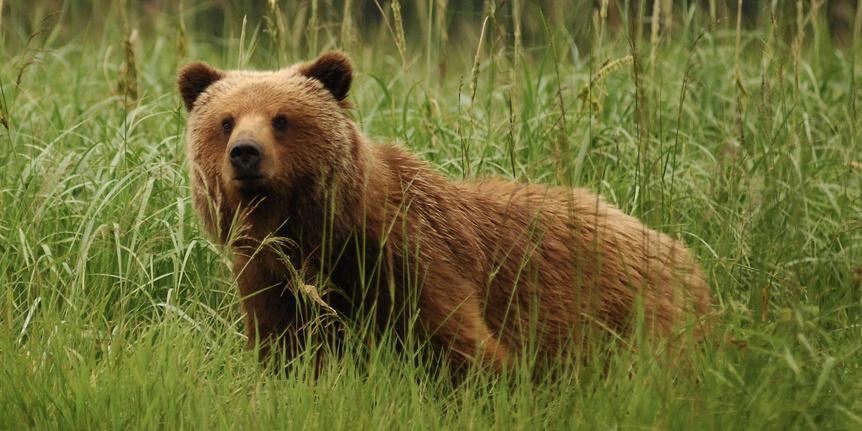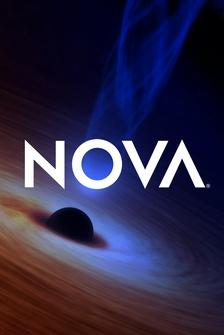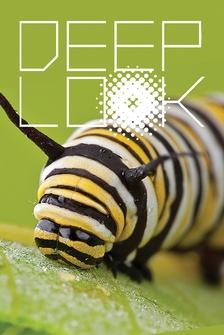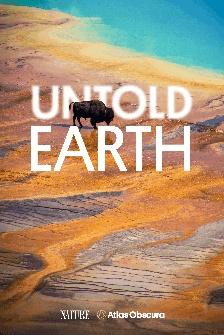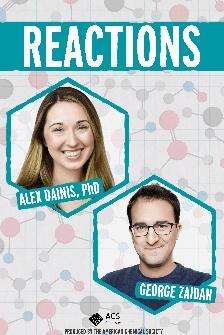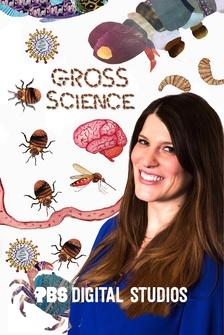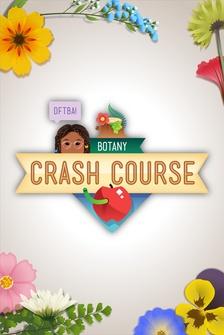(birds chirping) - MPG is set up like a biological research station.
We're a living laboratory.
MPG Ranch is a privately owned conservation organization located right in the heart of the Bitterroot Valley in Montana.
Our mission here is to study the land and its ecology, and to hopefully be able to restore the land to be as native species rich as possible and as biodiverse as possible.
- We have quite a few people with graduate degrees, and we do research from looking at microbes in the soil to seeing where elk go across the landscape.
We're trying to do a lot of basic and applied research, educate the community as much as possible about the nature here at this site.
- So you have a very positive group of people who are fired up about their science and their thing.
And we all get to work together.
- Basically, I feel extremely lucky because I get to be a 10-year old.
I get to run around and see these animals and catch these animals, handle them and study them.
And so for me, it's really a communion with nature.
- I've always been interested in why animals move where they do, what triggers them to up and leave, or what triggers them to come back after maybe disappearing for a few years.
All that stuff we're able to glean from these camera traps.
- Camera trap technology is a game changer.
It is what allows us to get that window into just their natural behavior.
And so here we set up a couple of game cameras.
You can see, I mean, they've been here a little while.
We've got some.
We are not there.
We're not influencing them.
They're living their lives.
And we get a glimpse into that.
- What we've sort of implemented since 2010 is a longterm kind of demographic camera trap study, where we've tracked up to 25 individuals a year as they live their lives on the ranch.
Everybody's got some basic impressions of bears at first, you know, that they're solitary, they're just kind of these curmudgeonly animals, but we're really privileged here at MPG to be able to obtain a really intimate view of their lives.
I've gotten to see interactions, behaviors that have taken place that the human eyes would just typically never see.
They're inquisitive.
They're curious.
They're so much more social than we give them credit for.
- You know, when we see males and females interacting, the males are much bigger.
When we see males interacting with a female in the pond, we can see that it's literally pulling punches and interacting in a gentler way.
It takes imagination and possible empathy for a bear to gauge its behavior based on another bear's behavior in size.
- You can really see personalities.
You know, they all have an individual, you know, something or other to them that makes them unique.
- That's the eagle.
You got the eagle there.
March 4th, golden eagle capture with Veronica.
Raptor View Research Institute from Missoula.
They are trapping golden eagles here at MPG Ranch.
Third camp bird.
These are some older ones, here's new coming in, and they have three molt centers.
One, two, and then one over here.
And it turned out that nearly every golden eagle they caught had elevated levels of lead coursing through its veins.
Lead was most likely coming from bullet fragments.
And golden eagles, they love to scavenge.
They're really good at it.
And they can seek out these gut piles and carcasses.
And if they ingest any of that lead, they can get sick.
That's a continental scale implication, right?
If a golden eagle is coming down here and being exposed to lead and then flying it all the way to the Arctic Ocean, that's a big deal.
So instead of using a lead bullet, a hunter could use a copper bullet, or it's also called a monolithic bullet.
So it's solid copper.
So little fragments of metal don't get left behind in an animal after it's been hit.
What we have here are two bullets in the middle.
Both of those are unfired.
Right here is a lead bullet.
And when it was fired into water jugs, all of these fragments were left behind.
On the other side, we have a copper bullet that was fired into water jugs, and it remained one solid mass, no fragmentation.
I was introduced as a young boy to tracking by my father, and that lit me up.
That's ultimately what brought me to track and study mountain lions on the ranch.
You can see like toe, toe, toe.
And this is clearly how cats move through the landscape.
Mountain lion, a remarkable creature.
There are a lot of cats in the West, but you never see them.
They are a ghost on the landscape.
And here comes the mother.
(lion chirps) Oh, the vocalizations on cats, they're like nothing I'd expect.
Female mountain lions talking to they're young, they just sound like some kind of a bird.
We've been following the population as a whole for seven years.
And so we have a rather extensive family tree worked out at this point.
Every time I think I know what's going on with the cats on the landscape, they throw me a curve ball.
I get all the data back, and I feel like I can sit back and say, "I know what's happening."
Then a mom with six kittens goes by a camera, and I'm like, "I have no idea what's going on out there."
The average litter size for mountain lions is one to four.
The average survival rate is one to two.
So the fact that she is successfully raising six individuals, it's just remarkable.
How often do people have the opportunity to witness this?
And we captured it all.
Kittens playing at kill sites.
Like just all this behavior that you'd never see.
And within what a cat experience is, there are individuals.
They behave differently.
One may choose to follow her mother for several years.
Why?
I do not know.
Others may disperse immediately.
They're making their own choices out there.
- Coming out and netting bees is like a full body experience.
You have to be looking and you have to be listening.
Okay?
So here's a leaf cutter, and it's a female.
And you can see she's got pollen on the underside of her abdomen.
When we first started the survey, there had been no real surveys of bees in Montana.
We collected and identified over 235 species.
Really goes to show how little research has been done on bees in Montana.
- All of our research is available online.
You can ask any of our researchers about whatever you want.
And I like that.
I like that we're not like trying to bottle some piece of information that we're going to then sell.
The health and success of one species is so interconnected with everything else.
And so we're learning the complexity of the web that exists at MPG.
And so having all of us working together, able to talk to each other, it makes that research possible.
And it makes it much richer.
- [Alan] These animals that I work with are the key for incubating conservation among young people.
Kids can go out and see a snake and catch a snake for the first time and look at it and study it and really kind of connect with it.
If we connect with these animals, we'll see their intrinsic value.
And when we see their intrinsic value, then we will be much more likely to protect them.

